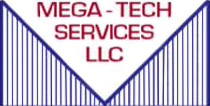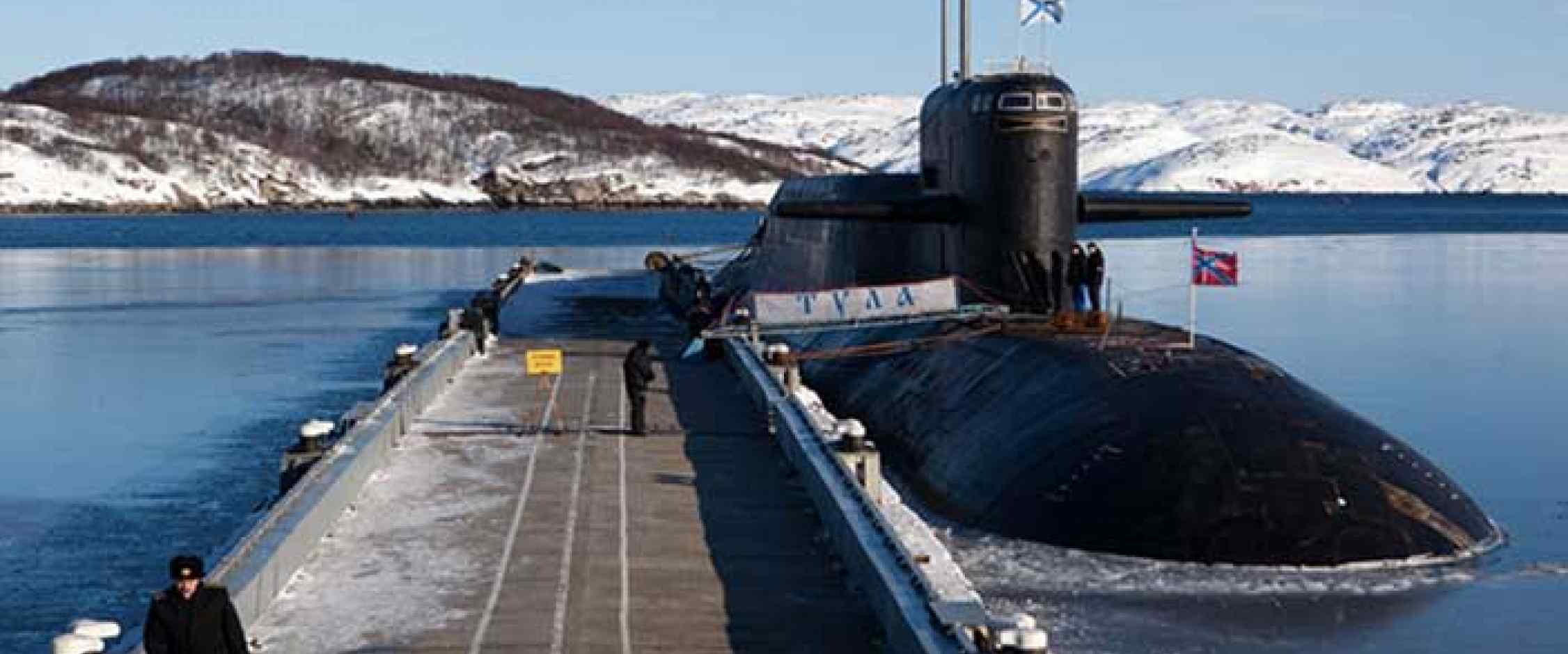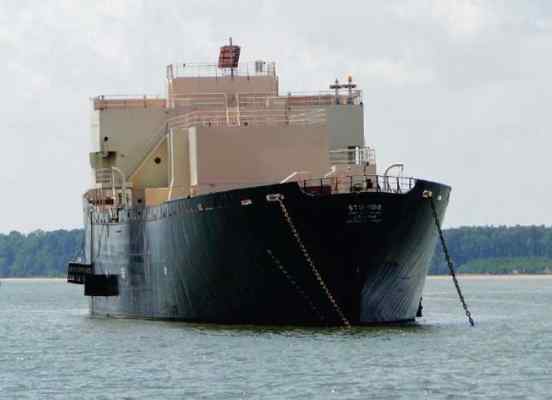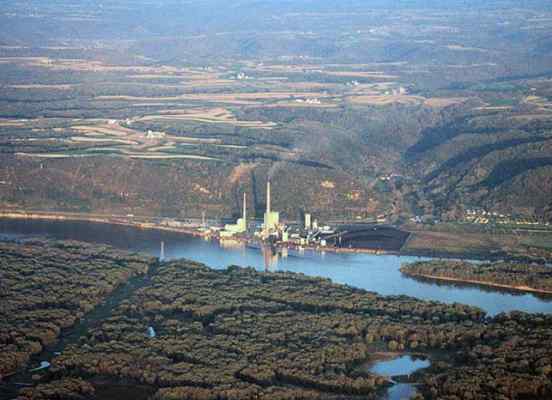Russian Submarine Decommissioning
Project Info
An initial deployment of cutting and shearing equipment is planned under AMEC Project 1.3 as a pilot demonstration (9) preceding the actual deployment of the MPF. This provides an opportunity for Russian shipyard workers to develop first hand experience using these tools in actual D&D situations in the Arctic environment. The MPF will incorporate metal cutting and shearing operations for the sorting, size reduction, and volume reduction of metallic wastes. Therefore cutting and shearing equipment will support the overall strategy to pretreat such wastes at the various shipyards and storage points prior to final treatment and disposal at a future central processing facility.
Russian representatives to AMEC Project 1.3 briefly viewed the Mega-Tech Services product line of metal cutting tools at the Waste Management 99 Conference and Exhibition, and noted that there is no comparable equipment available within Russia. Such equipment could greatly facilitate ongoing D&D operations at their shipyards and complement the various thermal metal cutting techniques that they currently use. Key advantages noted for such equipment are that it limits spread of contamination due to its crimping action, and does not generate particulates that could possibly represent a health and safety hazard to workers. Also, portability and ease of use were seen to significantly increase productivity over traditional thermal cutting techniques. Such tools are in widespread use in US decommissioning projects, and are being deployed to other countries.
While similar hand-held equipment is used by fire and rescue teams, only Mega-Tech Services, has been identified that can provide such technology specific for D&D applications, and that can be used daily on an industrial basis. Typical fire and rescue versions of this equipment offered by other suppliers employ a scissors action where the cutting force is greatest at the notch and proportionally decreases further out on the blades. Therefore, in attempting to cut a large diameter pipe or piece of bar stock the actual cutting would occur far from the notch with resulting loss of cutting force. The fire and rescue equipment is better suited for cutting the thinner metal support structures and sheet metal found in automobiles and trucks.
Other competitive equipment might include saber saws and thermal torches, however, as mentioned previously these generate chips and particulates or potentially toxic and contaminated smoke/vapors. Saber saws are not efficient for cutting internal cabling as they often experience blade binding and are much slower per cut. Tools such as oxy/acetylene, oxy/gasoline, and plasma torches and various saws have been provided to the Russian Federation under the Cooperative Threat Reduction program for submarine decommissioning activities, therefore this planned deployment will provide for comparative evaluations in similar operating environments. Ultimately the tools will be used inside the MPF where space is expected to be at a premium, productivity a prime consideration, and fire hazards from combustible waste a concern.





